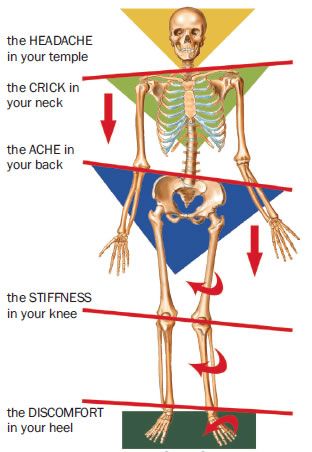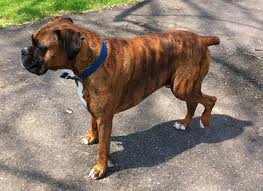| print
link to this post | email a friend Why do we assess the whole dog?08 Jul 2019 By Sue Van Evra, BScPT, MSc, BHScPT, Dipl Canine Rehab
Many of you already know that when you bring your dog in for an assessment for a specific problem area, we not only evaluate the specific area, but we also look closely at the whole dog. For dog owners who aren’t as familiar with the assessment and rehabilitation process, it may not be clear why we do a full body assessment, so keep reading to find out why this is so important! The anatomy of the dog is so complicated and intricate that it is literally impossible to move one area without having some impact on the rest of the body. In a dog with no injury or dysfunction, gait is a coordinated movement of the limbs and entire body. As soon as there is an area of dysfunction, this coordinated dynamic changes; there may be a change in weight distribution on each limb, or some muscles may overwork/underwork, for example. An area of pain and dysfunction cannot be assessed and treated in isolation from the rest of the body because that problem impacts other areas of the body (and vice versa). Normally, more of a dog’s body mass is supported by the front limbs (60%) vs the hind limbs (40%). This means that each front limb carries 30% of the body weight and the hind limbs each carry 20%. It is not uncommon after a knee surgery for example, for the operated leg to have as little as 0%-5% of the dog’s weight on it! Conversely, the other 3 limbs would increase their load in this scenario!
All of a sudden, the shoulders, elbows and wrists take more weight and the muscles that surround those joints have to work harder… the ‘sound’ opposite hind limb also takes more weight and is therefore at increased risk of injury. Normally the spine and pelvis have ‘symmetrical’ stresses from both sides of the body, but if there is an unequal weight distribution between the right and left, the joints between the vertebrae, or in the pelvis, can become inflamed and sore. When more of the dog’s weight is forward onto the front limbs, the dog can also develop neck pain…and even jaw pain! Everything is connected! As we are treating the surgical knee, it is important to check and address any of these other areas that crop up because they can continue to be a source of pain/problem/dysfunction long after the knee has healed. They can also impede the progress of the rehabilitation program. Another important example of why it is necessary to check the whole dog is that sometimes asymptomatic dysfunctions can actually cause an injury. A dog that has a shoulder dysfunction (i.e. a lack of movement or a muscle imbalance) that may not be obvious to the owner can cause a subtle shift in their weight onto the opposite hind limb. Over time, this extra load can cause little bits of damage to that hind limb and make it more likely that the dog will sustain a hip or knee injury! If we assess the whole dog, we can find the shoulder dysfunction and treat it before it leads to more problems. The goal of canine rehabilitation is to achieve maximum function for your dog following an injury, a surgery, or changes that occur as a result of advancing age. In order for your dog to achieve maximum function, we need to look at all of the interconnections between different limbs/muscles/areas of the body and treat any secondary problems that have arisen separately, as a result of the primary problem, or that could lead to more problems! For more information, please contact the Canine Fitness Centre @ 403-204-0823.
|

|


